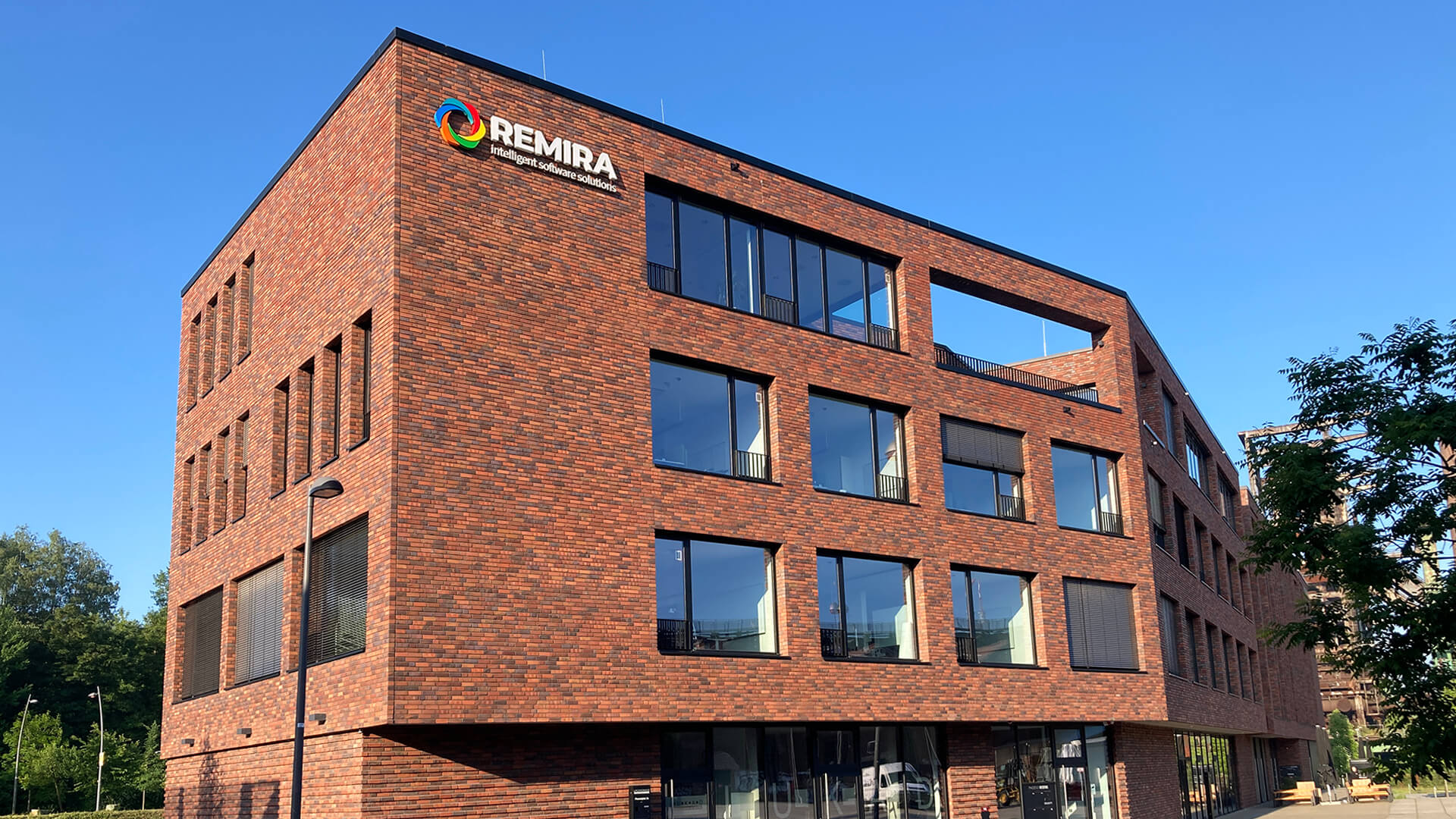Promotion planning for Black Friday: Tips for supply chain managers and material controllers
When it comes to replacing the broken dishwasher or outfitting the living room with modern furniture, many people immediately visit their trusted website to look for good deals. This is particularly worthwhile on Black Friday, when numerous retailers and online stores ignite a veritable barrage of bargains. Black Friday originally comes from the USA and is intended to herald the start of the Christmas business. For some years now, it has also been widespread in Europe, and especially on the Internet there are numerous offers on this last Friday in November as well as on the following "Cyber-Monday". It is therefore no wonder that many stores generate their highest sales of the year on this day.
However, at the same time as the many customers, promotional days like Black Friday also bring huge challenges for the supply chain. This makes precise action planning in advance all the more important for (online) retailers and stores. Otherwise, events or other special discount campaigns can even become a risk for companies.
Promotion planning is important for business success
Promotions are a central means of promoting sales. As a rule, articles are offered at noticeably lower prices - with the result that sales volumes are often significantly higher during the promotion period than during normal times. Provided, of course, that there is enough merchandise available: After all, there are few things worse than a first-class offer that is sold out well before the end of the offer period. Out-of-stock situations leave customers with a negative feeling - especially in e-commerce, visitors quickly move on to the next online store. It is particularly annoying when stores are not sufficiently stocked with merchandise. Then customers on site are annoyed and the store manager has to justify the lost sales. That's why it's a complex task to properly coordinate inventory levels, especially in the run-up to promotions. But how can this be better mastered?
Software helps with promotion planning
Basically, the first thing to do is to prevent both overstocks and out-of-stocks. To do this, planners must predict the required demand as precisely as possible. In coordination with product management, the aim is to order the expected demand quantities at an early stage in addition to normal planning. Ideally, the MRP controller is supported by inventory management software in day-to-day business anyway. This can also prove to be a reliable aid in the run-up to global or site-specific campaigns.
As a rule, a four-step approach is recommended for successful action planning:
Step 1: Collect historical data
First, the historical data of actions already carried out must be processed. This usually forms the basis for future campaigns.
Step 2: Pool data from similar campaigns
In the next step, data from similar campaigns should be bundled so that they can subsequently be used for planning the upcoming campaign. To do this, it is advisable to include the following factors:
- Promotion medium
- Placement
- Discount class
- Location
- Grouping
- Price class
Step 3: Assign the results to future promotions
The previously defined criteria are used in the third step to plan future promotions. The inventory management system handles inventory planning and scheduling.
Step 4: Execute the planned promotion
Let's go: The promotion is planned on time, sufficient merchandise is available and the campaign can start. In order not to distort the disposition in the daily business afterwards, it is important to separate the ordered campaign quantities properly from the normal demand again. Here, too, inventory management software can help.
What if there is no historical data available?
Historical data simplify action planning. But even if they are not available, actions can be carried out economically and successfully. For example, it is possible to make a forecast based on sales figures within a short time window directly after the sales launch. However, this can be too tight in view of the often quite long order and delivery times, especially for short-term promotions. Forecasts based on expert surveys are a good alternative. This makes it possible to forecast customer demand and the resulting demand. The resulting figures can then be taken into account as an additional factor in sales planning. To simplify and standardize the expert survey, it is advisable to use cloud-based tools such as REMIRA PRESET for evaluation.
REMIRA is one of the leading supply chain solution providers for retail, logistics and industrial companies in all industries. We support our customers with AI-powered cloud solutions along the entire supply chain from planning, automated scheduling and procurement optimization, production planning and warehouse logistics to linking the entire supply chain. You can find more information about our inventory management software LOGOMATE here.


